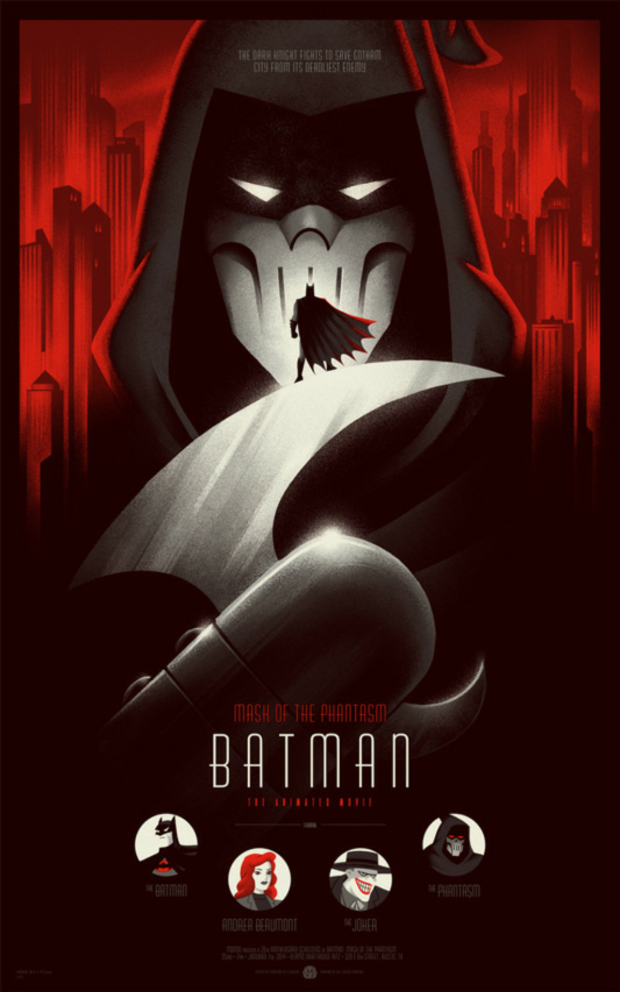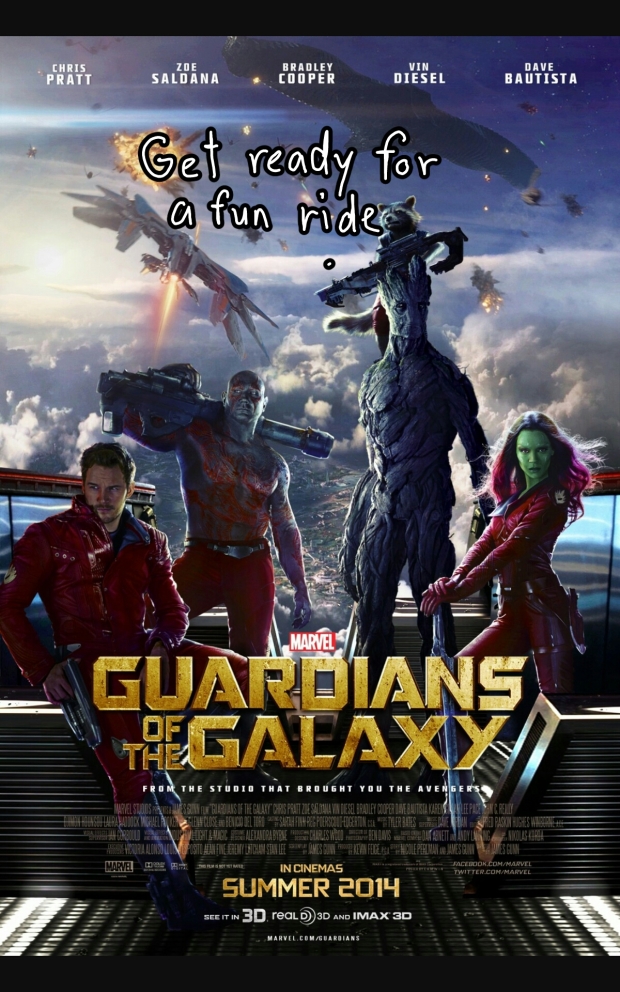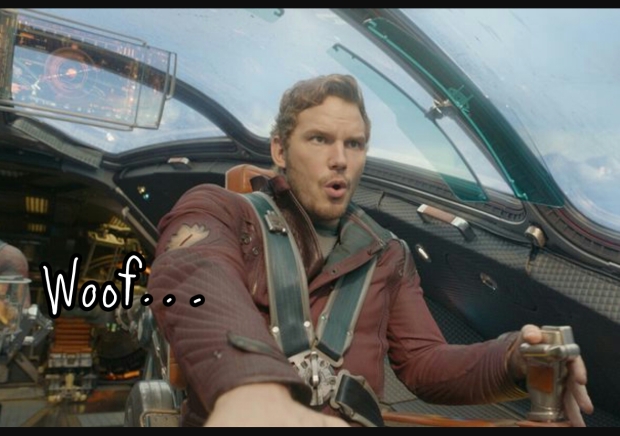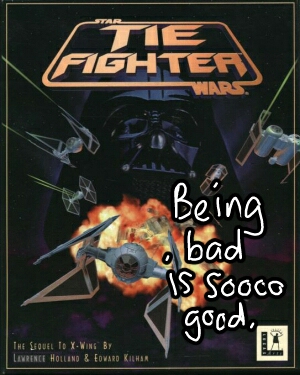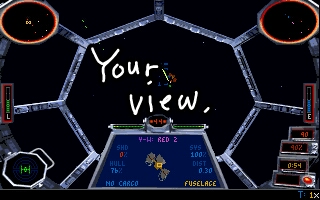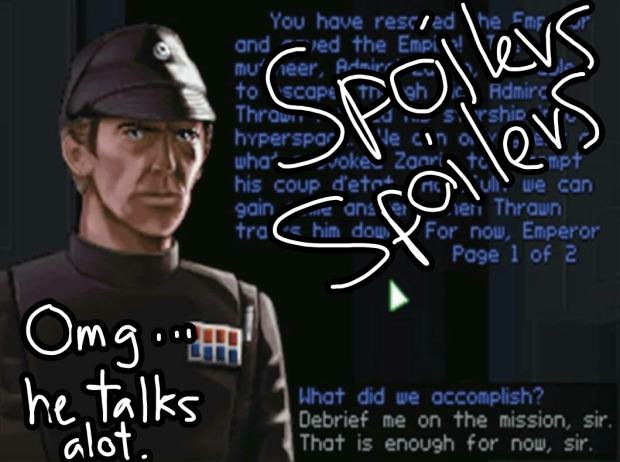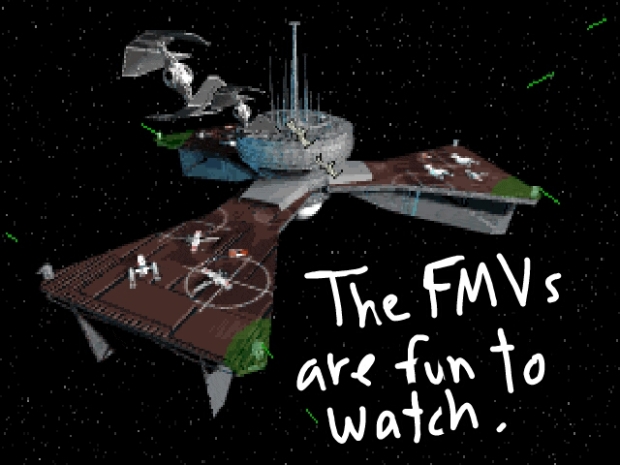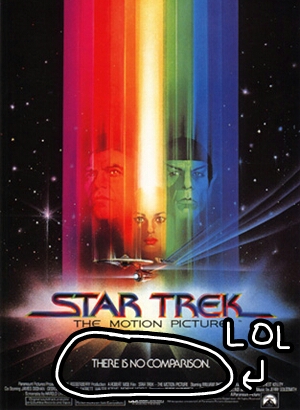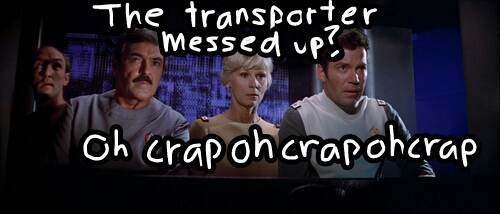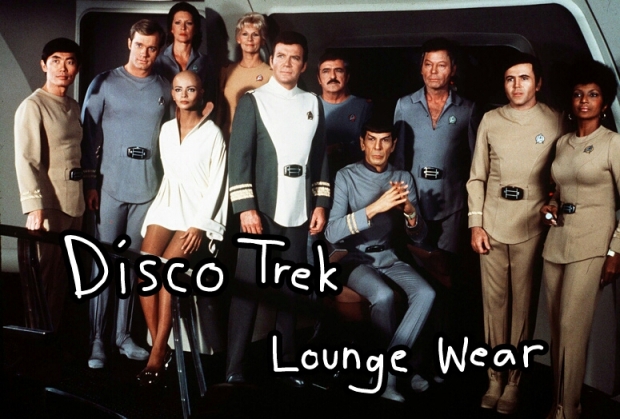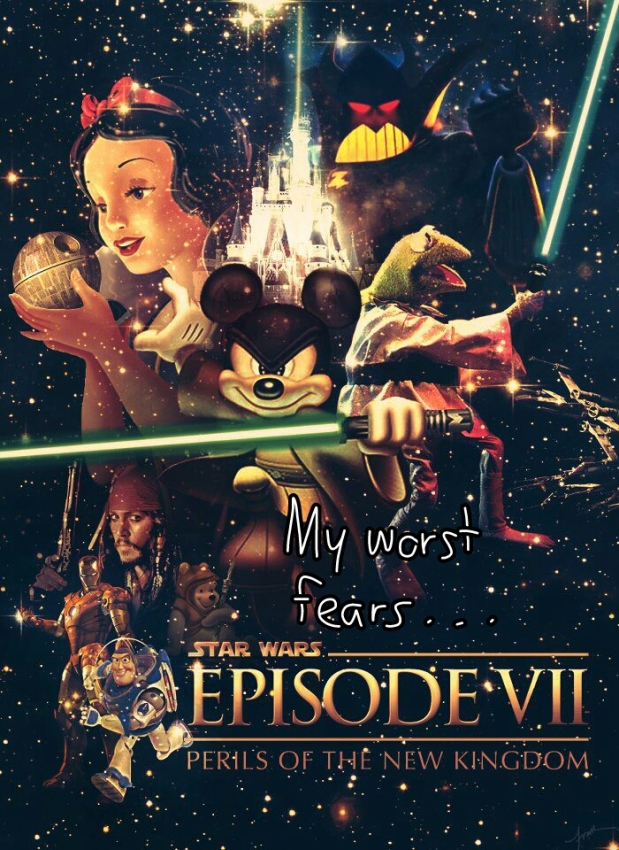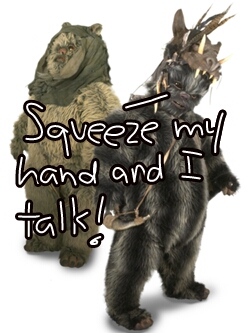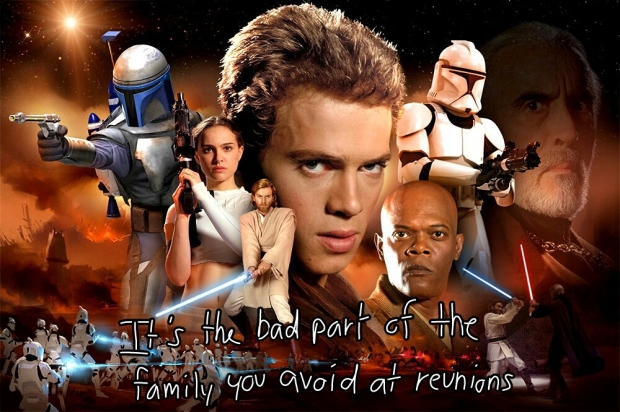So there’s a new Batman film on the horizon, if you haven’t heard. It’s the new Zack Snyder flick that follows up his mediocre Superman reboot, and pits two acclaimed heroes against each other. On the heels of the previous trilogy of Batman films by Christopher Nolan, this seems gimmicky and crude. In Nolan’s films we got to see Bruce Wayne explore what it takes to become Batman. This delving into pathos was more than we had seen compared to the films that had come before, such as the mid-nineties tripe of Batman Forever and Batman & Robin. Even Tim Burton’s films gave cursory attention to Batman’s past, though the Gothic nature of those films made them timeless in their own rights. But what of that *other* Batman feature film? The one that bombed at the box office, but still garners acclaim to this very day?
Released in 1993, Batman: Mask of the Phantasm was supposed to be the vehicle that brought the well-regarded kids TV show wider notice. At only 76 minutes, it barely qualified as a feature film. It’s animation was spruced up a bit for the theaters, and it got to show a little bit of blood here and there. The question, however, is: is this enough to warrant giving Batman: Mask of the Phantasm such glowing acclaim?
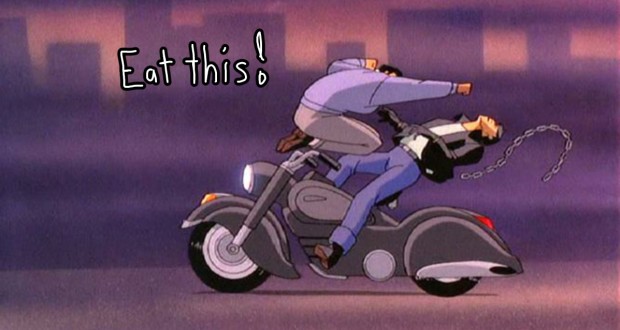
The short answer is a resounding YES.
Now for the long answer.
The film is based on the wildly successful Batman: The Animated Series, which has since been renamed more times than I can count. At the time, the show was riding on the coattails of Burton’s films, but it’s safe to say that the series reinvented itself apart from those films admirably. While taking certain cues from them here and there, such as the darker tone and a disfigured looking Penguin, the series displayed a Gotham City we haven’t seen since, an Art Deco playground for good and evil. Even thought the series launched in 1992, a film was arranged originally for direct-to-video, but was then pushed into theaters where it didn’t fare all that well.
Still it was a critical darling, and ironically it rivals even Christopher Nolan’s films in depth and complexity despite only taking up a fraction of the screen time.
Plot
Plot is important to a film. Unlike television which can take seasons and years to tell a story, you only have minutes to do so in film before people lose interest. Surprisingly, even though the film lasts barely over an hour, it fluidly manages flashbacks and different plots without seeming rushed or incoherent. The bulk of the film is a classic murder mystery, which echoes the film noir influences the series adopted so adeptly.
Batman is framed for murder while a mysterious new vigilante in on the loose. Though this figure is also targeting known criminals, Batman must navigate law enforcement who assumes he is the culprit, the criminals themselves, the mysterious new figure, and finally and old adversary. While all this is going on Bruce Wayne is reminded of his past when an old flame comes to town. Andrea Beaumont is the woman you’ve never ever heard of before who single-handedly nearly aborted the Batman before he ever donned the mask. Sharing similar tragic pasts, they bonded and even mended each other with a romance that started to change Bruce’s pessimistic views into more rosy-tinted ones.
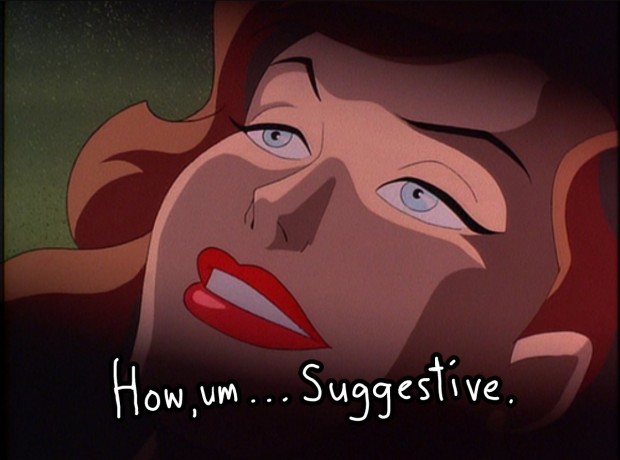
Then there are the criminals themselves, who have their ties to a certain district attorney, one who has eyes for Andrea and the end of Batman. Eventually, his roots are traced to the Joker himself, probably Batman’s greatest foe, other than the memories of romance that appear in this film.
Tying all of this together, we find that Andrea is the Phantasm, that she has been seeking revenge with plans to face off against the Joker herself. As it turns out, she and Bruce have much more in common than they realize, donning masks to fight crime, but Andrea has unfortunately become a twisted reflection of Batman, seeking petty revenge whereas Batman seeks to exercise justice.
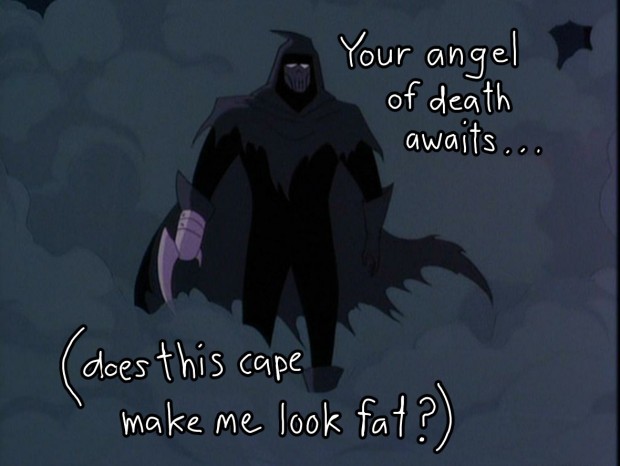
Other films have crumbled under much less, but Mask of the Phantasm bears it all easily. The themes of romance, morality, and even nostalgia thread the stories together. At some point in the film, almost every character laments his current state, pining for something more, and looking to the past for comfort. As he should, Batman is the paragon in these matters, but the cost is heavy, as it is poignantly displayed between Alfred and Bruce in the end.
Casting
The cast is the other half of what sells an animated feature. If the voice acting is sub par, no amount of animated wizardry can make up the deficit. Voice Director Andrea Romano struck gold with his cast. Kevin Conroy is the voice of Batman like no screen actor could ever be. Unlike Christian Bale’s raspy drivel, Conroy can serve pleasantness with Bruce Wayne, and immediately dish out ferocious intensity as Batman. Future Desperate Housewife Dana Delaney also shines in her role as Bruce’s former lover. Then, of course, there is Mark Hamill as the Joker. I spent years of my childhood watching Star Wars and Batman, never once thinking that pious Luke Skywalker and devious Joker were characters from the same actor.
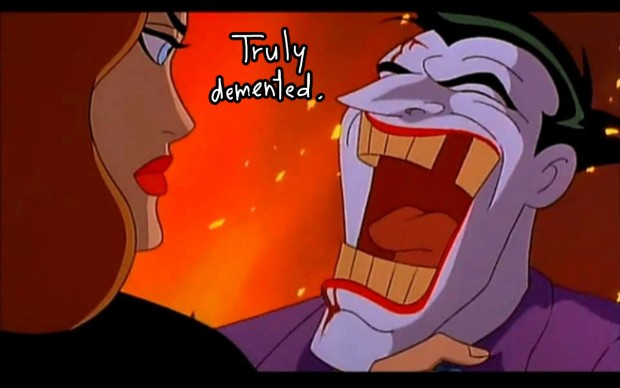
These actors among the rest sell the film better than A-listers like Val Kilmer, George Clooney, and others who floundered in showing even less depth as real people than the two-dimensional did figures in this film.
The strength of this film is that, despite its intentions for a young audience, it never sacrifices its integrity to appeal to children. Just like the cartoon series, Mask of the Phantasm relies on storytelling, quality voice acting, and consistent art direction to provide an experience that draws you in. While most adults, understandably, associate animation like cartoons and comics with children, Mask of the Phantasm is like a graphic novel in motion.
Even the soundtrack, by the late Shirley Walker, stands toe to toe with Danny Elfman’s work. It’s a soundtrack that rivals all the films, and is superior to most, even the newest. You also get a sweet little R&B ditty by Tia Carrere during the end credits that was common in the 90’s, and it actually is a better song that what most Pop Princesses are putting out nowadays.
While I did watch other shows of the time like Tiny Toons and The Animaniacs, the Batman series was a breath of mature air that truly stimulated my mind as well as my eyes. Batman: Mask of the Phantasm took that all one step further and provided a cinematic experience that is nearly incomparable with the rest of the Batman franchise. Even as a child I felt sadness at the forlorn Andrea as she stared into the sea alone. I felt relief that Batman did the right thing without succumbing to the darkness he fought almost nightly. I felt disgusted with the corruption among so many in Gotham that made the city so dangerous. And ultimately, I understood the tragedy which prevented both Bruce and Andrea from following their young hearts.
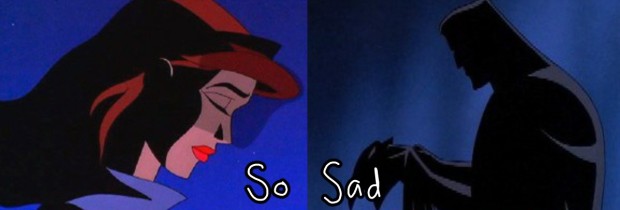
If a film can instill such complex emotions in a child who knows not even to search for these things, then what excuses do the other films have for providing less? Batman: Mask of the Phantasm is truly one of the best Batman films, and it doesn’t even need to rest on other installments in a trilogy to justify its existence.
